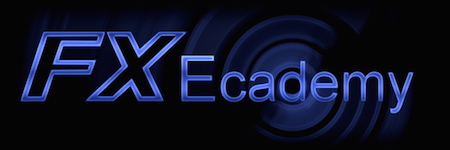Log images have become very popular since today every digital cinema camera manufacturer offers a log output option. But log images look weird and require completely different math operations than normal linear images so they must be converted to linear before working with them – most of the time. This article reveals the advantages of log images, how they work, and how to work with them.
Virtual Production: Compositing Will Survive
Once again Industrial Light and Magic rocks the world of visual effects with the production of The Mandalorian using the new virtual production technology. It has sent shock waves through the VFX community and worries many of my fellow compositors about the future of our jobs. After all, shots that would have normally been done as a green screen are now captured in-camera without compositing. Over 50 percent of The Mandalorian Season 1 was filmed using this new methodology and this scares the pudding out of my fellow pixel practitioners. As of this writing, there are 10 virtual sets in production with roughly another 100 underway all around the world. Is this the end of our careers? Are we soon to be as obsolete as CRTs? Will industry-standard tools like Nuke, Resolve, Silhouette, or Mocha go the way of the Dodo? The short answer is “no!” The long answer is “hell no!”
Color Spaces of the VFX Pipeline Part 5: Workspace
In Part 4 “Storage Space”, we explored the options and virtues of different image file formats for storing our VFX images. Here we move to the next stage of the production pipeline for our VFX shots by asking what happens when our thoughtfully stored images are loaded from disk into the “workspace” which is the color space where all of the image processing and color correction operations will be done. This will serve as a guide towards choosing a workspace that will protect the quality of your work and provide future-proofing . Most apps will give you a choice of work spaces with Nuke being the rare exception. Nuke’s work space is linear light space unless you know how to trick it into working in other color spaces such as sRGB or Rec. 709. Note that Nuke’s “linear light space” is not a true color space, while sRGB and Rec. 709 are. More about that in a bit.
Color Spaces of the VFX Pipeline Part 4: Storage Space
We saw in Part 3, Camera Space, that the modern digital cinema cameras produce a torrent of image data that needs to be stored for later editing, visual effects, and color correction. How that data is stored has a profound effect on the retained quality of those captured images so the modern visual effects artist needs to understand the consequences of their choices of file formats for storage. The rapid increase in available disk space and network bandwidth has reduced the need for data compression as the primary motive in selecting any particular storage file format. Instead, the emphasis now is on protecting the quality of those images and “future proofing” the project. To do that effectively you need to understand the various file formats along with their strengths and weaknesses.




